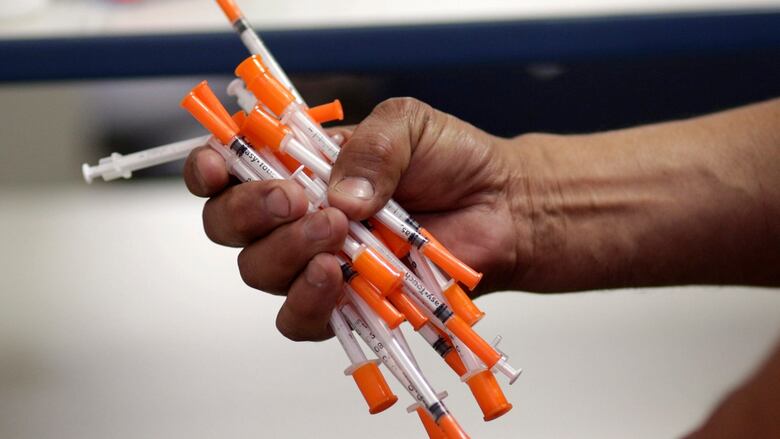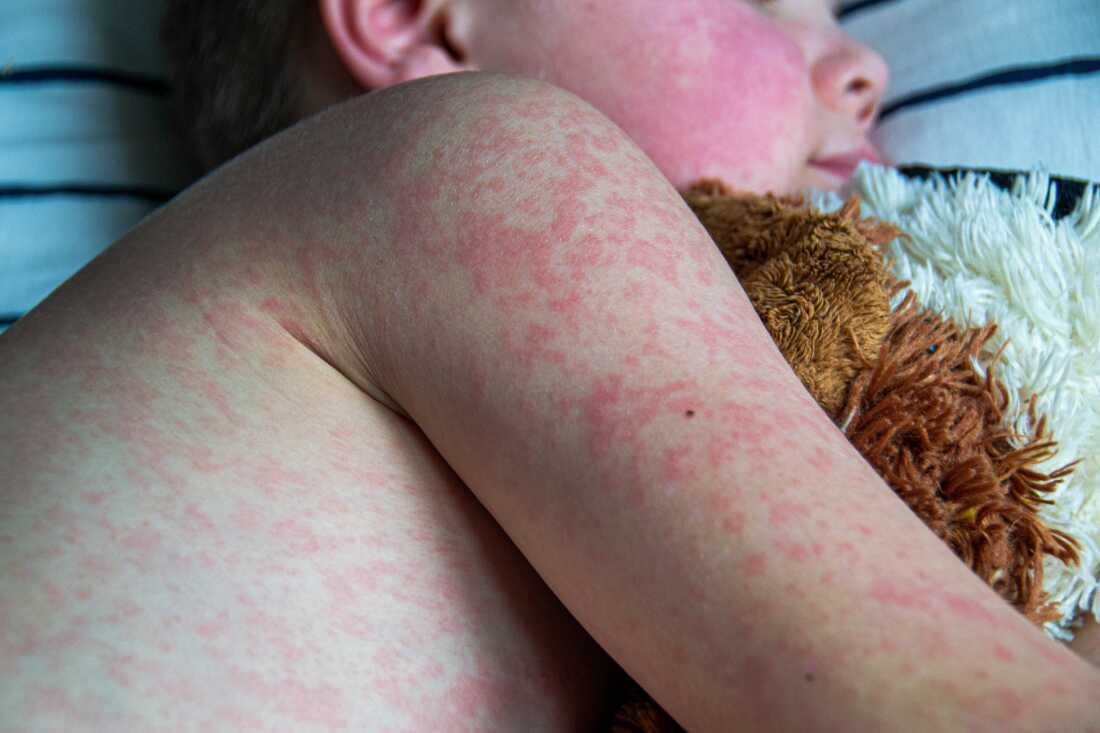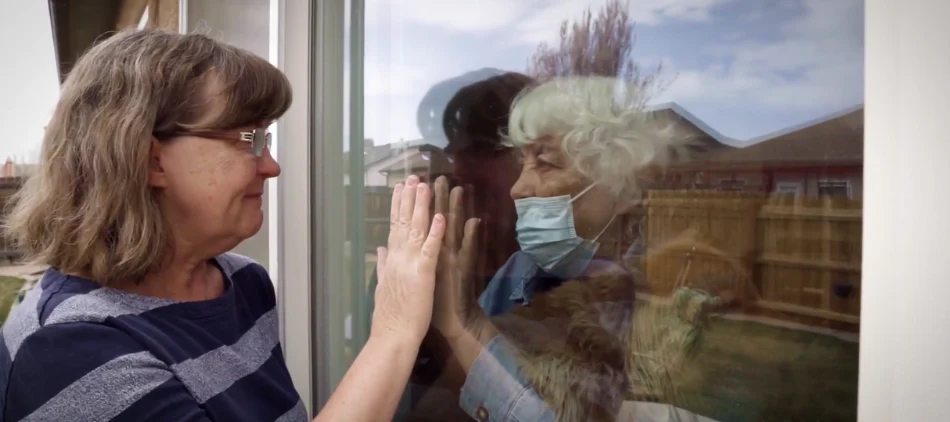Sharp Increase in Cases Triggers Action
A dramatic rise in HIV cases in Manitoba’s Swan Valley region has led health officials to take urgent action, treating the situation with an outbreak-level response.
Since October, more than 40 new HIV cases have been reported in the area, according to Dr. Brent Roussin, Manitoba’s chief public health officer.
Swan Valley, which includes communities like Swan River, Minitonas, and Benito, sits in the northernmost part of the Prairie Mountain Health Authority (PMHA). The 41 cases recorded in the entire PMHA region this year represent a sharp increase from the 19 cases in 2023 and just six in 2022, according to provincial data.
“This is a significant rise compared to what we’ve seen before,” Roussin said.
Tracing the Spread
To contain the outbreak, health officials have expanded testing, encouraged close contacts of infected individuals to get screened, and ensured access to treatment. Contact tracing played a key role in identifying many of the new cases.
While HIV transmission has been rising across Manitoba—2023 saw a 40% increase in new diagnoses compared to the previous year—Swan Valley’s situation is particularly alarming.
“We’re seeing growing transmission in the province, and in this region, the majority of cases are linked to injection drug use,” Roussin explained.
This pattern differs from national trends, where most new HIV infections result from sexual contact.
Roussin did not specify which communities within Swan Valley are most affected, saying local leaders should be the ones to speak on that.
A provincial spokesperson confirmed that multiple agencies are involved in managing the outbreak, but federal officials referred questions to Indigenous Services Canada, which declined to comment on whether First Nations communities were impacted, citing privacy concerns. Several First Nations leaders in the region did not respond to requests for comment.
Local Leaders Raise Concerns
Swan River Mayor Lance Jacobson acknowledged that sexually transmitted and blood-borne infections have been on the rise in the region but was unaware of the recent HIV spike. He also could not confirm if cases had been identified in his town of 4,000 residents.
However, he questioned whether Manitoba’s harm-reduction strategies—such as distributing clean needles—are working as intended. He previously reported that over 500,000 needles were handed out in Swan River and surrounding areas in a single year.
“I think the province needs to reassess this program and how funds are being allocated,” Jacobson said. “It was designed to reduce healthcare costs, but is it actually achieving that?”
Last year, the town council passed a resolution calling for an end to free syringe distribution and for measures to address needle waste.
Managing Discarded Needles
In response, Prairie Mountain Health deployed cleanup teams and encouraged residents to report discarded needles through a hotline.
Julie Lajoie, an infectious disease researcher at the University of Manitoba, pushed back against claims that harm reduction strategies are fueling the crisis.
“People who use drugs will do so regardless of whether they have access to a clean or dirty needle,” she explained. “Providing clean needles doesn’t increase drug use—it reduces the risk of disease transmission.”
Lajoie emphasized that a comprehensive approach is needed, including access to free condoms, expanded mental health resources, and wider availability of PrEP, a preventive medication for those at high risk of contracting HIV.
She also advocates for supervised injection sites, which would ensure that needles are disposed of immediately after use.
Defending Harm Reduction Measures
Roussin also defended needle distribution, arguing that harm reduction is about more than just preventing disease.
“It’s a compassionate approach that helps reduce stigma,” he said. “That’s why it remains a key part of our strategy.”
He anticipates that the final tally of new HIV cases in 2024 will be similar to the 280 cases recorded in 2023. While Manitoba has avoided another major surge, he warned that transmission rates—particularly through injection drug use—could drive numbers even higher in 2025.
As of last year, Manitoba had the second-highest HIV infection rate in Canada, with 19.3 cases per 100,000 people.







